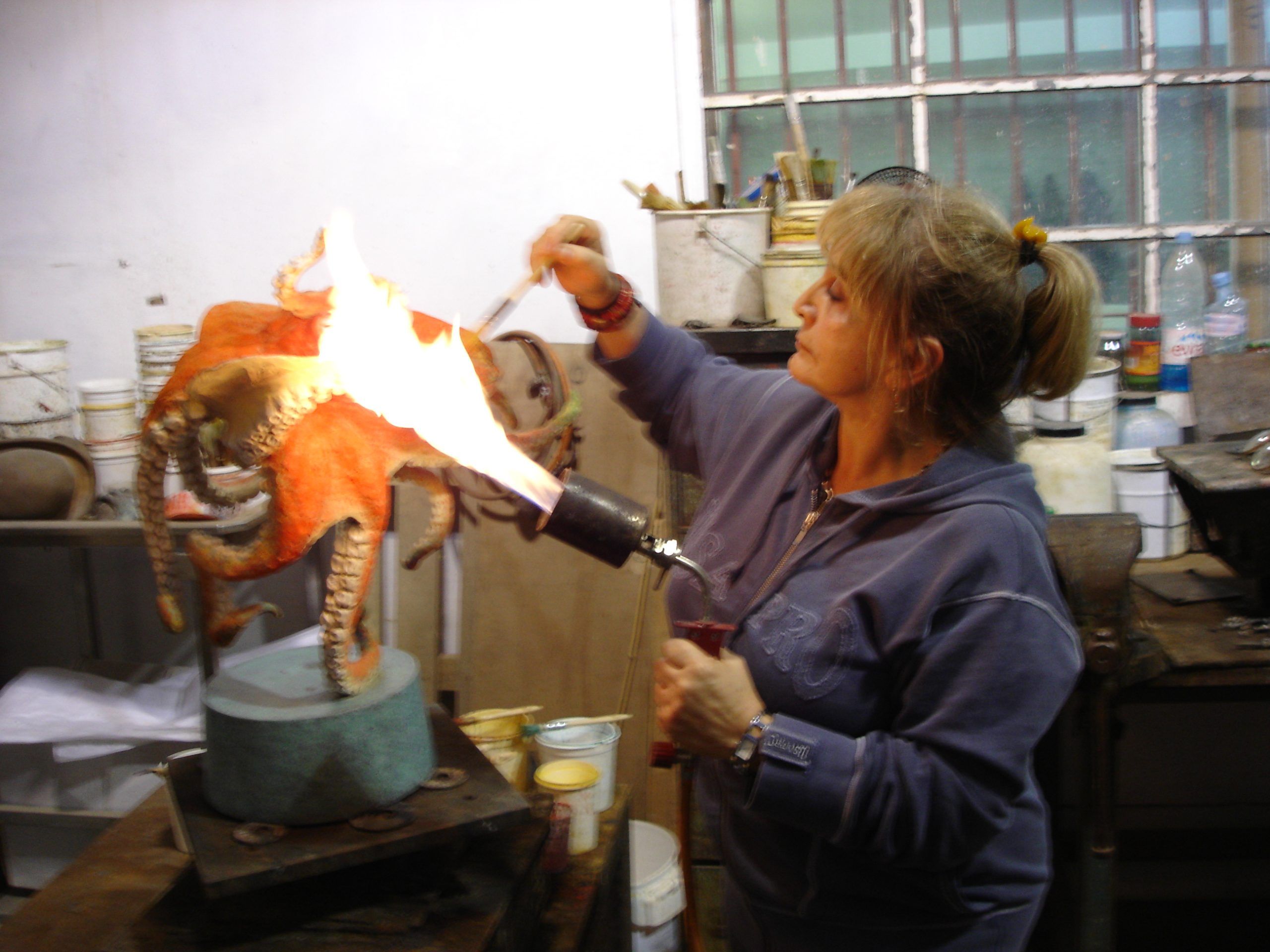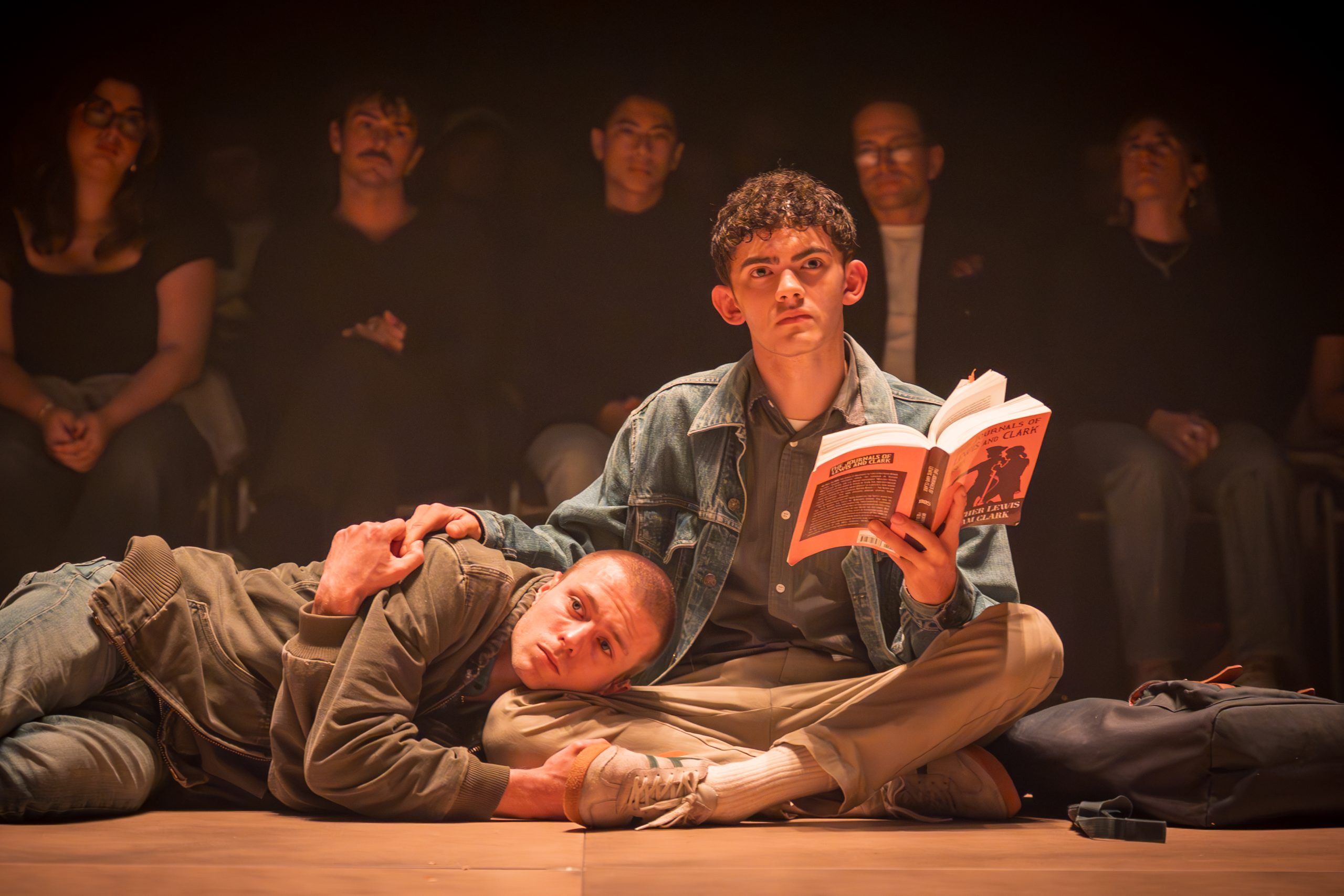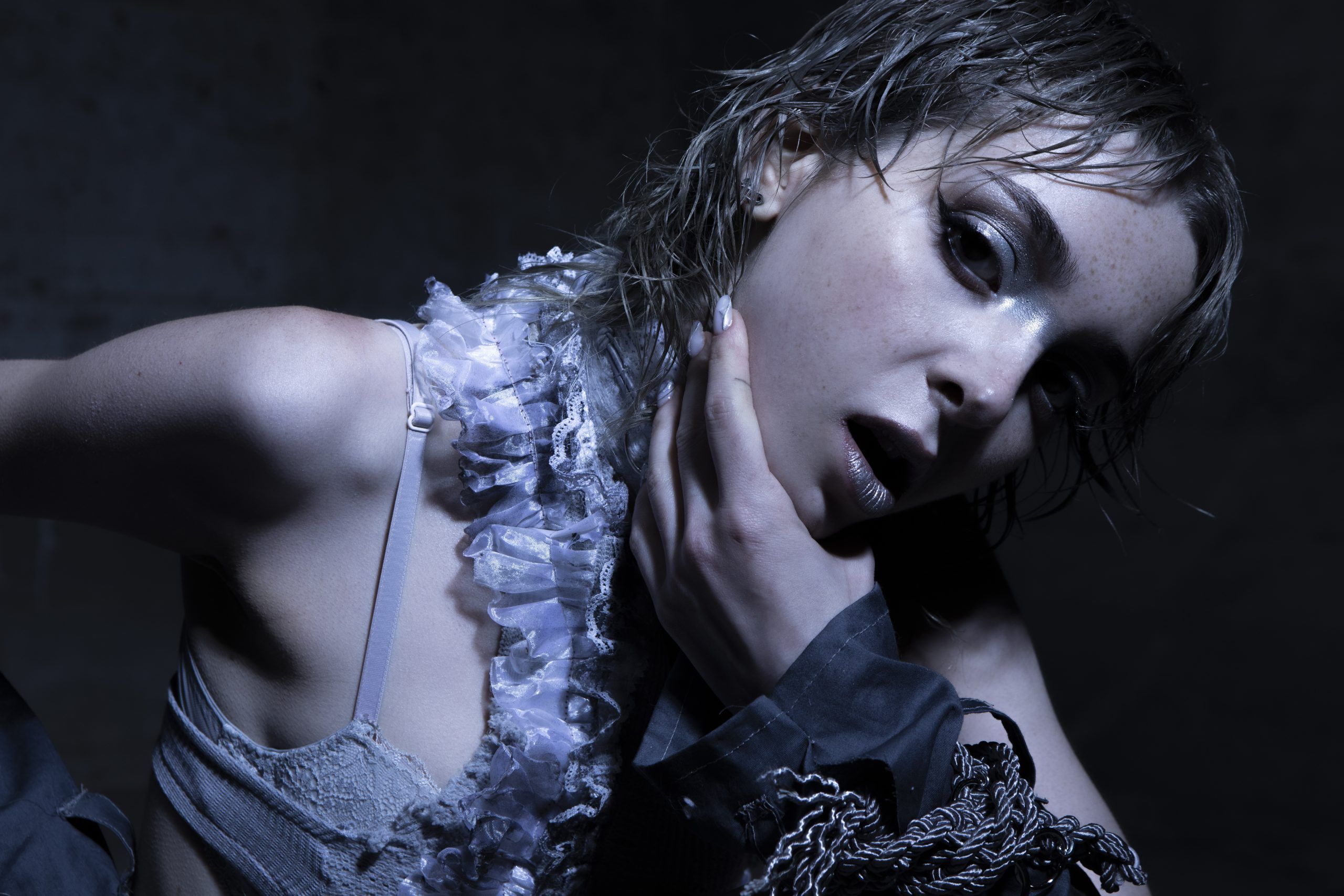Art has always been a powerful way to express human ideas and emotions. In the past, artists used brushes, clay, and canvas to share their vision. Today, technology has added a new layer to that creative process.
From digital painting apps to virtual reality, technology is changing how we make and enjoy art. This mix of technology and creativity is opening doors to a new era for artists, designers, and everyday people.
How Technology Is Changing the Way Artists Work
Artists today are using computers, tablets, and software to bring their ideas to life. They no longer need just brushes or clay-now, a laptop and stylus can do the job. With digital programs like Photoshop and Procreate, artists can try different styles, undo mistakes, and explore new ideas quickly.
3D printing is another game-changer. It allows sculptors to turn their digital designs into real-life objects. This process saves time and lets creators make very detailed pieces that would be hard to do by hand.
Digital Platforms Make Art More Accessible
The internet has made it easier for artists to share their work. Social media, websites, and digital galleries let creators show their art to the world in seconds. This means artists no longer need to rely on traditional galleries or museums to get noticed.
Apps and online marketplaces also help artists sell their work. Whether it’s prints, digital downloads, or NFTs (non-fungible tokens), the digital world has opened up many new ways to earn from creativity.
Virtual Reality and Augmented Reality in Art
Virtual reality (VR) and augmented reality (AR) are turning art into an immersive experience. With VR, users can “step inside” a painting or sculpture and explore it from all angles. Artists can also use VR tools to design unique digital art that responds to movement or sound.
AR blends the digital and real world. For example, by using a phone, you can place a digital sculpture in your living room and walk around it. This adds a fun, interactive layer to the art experience.
Artificial Intelligence: A New Creative Partner
Artificial intelligence (AI) is now being used to make art. Some programs can create music, poems, or images by learning from existing works. While AI doesn’t replace human creativity, it can help artists explore new directions.
For instance, an artist might feed sketches into an AI program and get fresh ideas for color schemes or styles. Others may use AI to design unique digital art pieces that feel new and futuristic.
Art Education in the Digital Age
Thanks to online learning, more people can now learn how to make art. YouTube tutorials, online courses, and creative apps offer lessons to anyone with an internet connection. This makes it easier for beginners to try art and for experienced artists to learn new skills.
Students can also use digital tools to practice their craft, whether it’s drawing on a tablet or using animation software. This kind of learning prepares them for modern careers in design, gaming, and media.
Collaborations Between Artists and Tech Experts
The mix of art and tech often leads to teamwork. Artists work with engineers, coders, and designers to bring big ideas to life. These teams might build interactive art shows, create music-driven light displays, or even design art for video games.
Such projects show how powerful collaboration can be. With the right tools and people, artists can reach bigger audiences and try new forms of expression.
Looking for other informative articles? Check out the rest of our website today!




